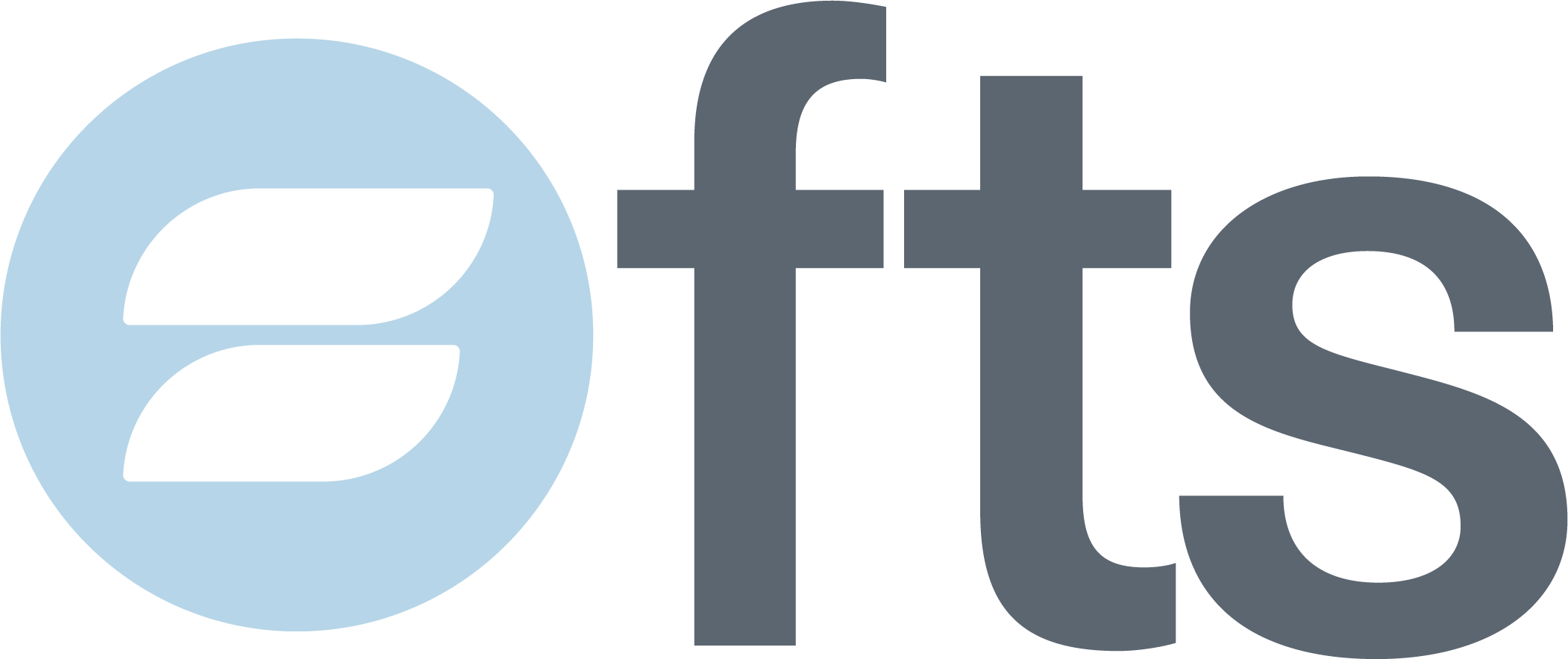Leadership
RIFs Alone Won't Outrun Revenue Loss. Here's An Option
The way layoffs work is that the loss in capability – i.e. revenue reduction – often eclipses any gains in margin protection. This sets a Catch-22 of racing-to-the-bottom in motion that it's hard to stop unless economic and demand tides turn and start raising "all boats."

A leading privately-held U.S. homebuilder reportedly made the hard decision to lay off 10% of the firm's team members as it fends off fierce economic headwinds, volatility, and demand uncertainty in its markets.
Other firms cut much deeper. Everybody has rushed to rid balance sheets of every possible variable cost until they believe they've safely and sustainably resumed current and predictable sales pace and price as volatility and its causes settle back to within tolerable norms.
That's not now.
These reductions in force are understandable, given what's at stake – the need to repay loans and carrying costs, lower prices, up spending on sales support, keep the lights on, make payroll, and keep feeding the machine.
Still, even if we conservatively estimate a 10% layoff rate as typical among production homebuilding companies, both the human cost and the painful trade-off of a stronger future in exchange for a scarcely viable present weigh heavily.
That's one of every 10 team members management considered to be essential a year ago, now regarded as an essential cut as part of an all-points SG&A belt-tightening.
Plus, one more thing. The way layoffs work is that the loss in capability – i.e. revenue reduction – often eclipses any gains in margin protection. This sets a Catch-22 of racing-to-the-bottom in motion that it's hard to stop unless economic and demand tides turn and start raising "all boats."
We've touched on this earlier here:
The homebuilding operators now on defense and getting their hands forced by financial urgencies now have to over-cut. At the same time can't draw on the efficiencies and tech-enabled tactics that can support super-stars in sales, in operations, and in finance. Why? They over-emphasized focus on production at a time homes were selling themselves instead of investing in a resilience dimension at the core of their business for when gravity took hold.
'This industry is built off highs and lows,' says FTS's Thomas Carpitella. 'Most people stay on the roller coaster, but it’s the people that enjoy the roller coaster, but also hop off to make sure that they’re building something sustainable so they won’t get nauseous on the ride.'
Investing in capability for present-day adversity and future resiliency and success involves focus on best practices across homebuilding's varied disciplines, many of which – powered by technologies and data – are evolving into work-of-the-future roles that differ from job descriptions of org-charts past.
Let's give this last paragraph a harder look – why don't we? -- and unpack it.
By now, the preparation-in-the-lead-up-to-tougher-times ship has sailed. What's done is done or not, and the headcount RIFs and cost measures necessary to restructure balance sheets to their leanest and meanest baseline are now in line with a medium- to severe-case scenario in spite of a green shoots-January, February, and early March.
The misstep now would be to model a downturn, plateau, and rebound business plan that looks too much like the playbook from downturns past. Here's an alternative. Another industry sector, but one that's certainly driving itself towards a more technological and data-enabled future:
SAP eliminated 3,000 jobs. It's now hiring 1,000 mission-critical roles with a focus on reskilling: 'We cannot afford to have people stand still.’ SAP is focusing on hiring in high-growth areas like its cloud, supply chain, and sustainability business. – Paige McGlauflin, Fortune
Every job description, in every department, in every division, of every company we've talked about with owners, leaders, and managers has become much less about completing tasks. Rather, it's now much more about solving business, partner, and customer problems within a cohesive whole team framework – with data and technology as enablers.
Reskilling – apart from igniting a new stream of incoming talent into homebuilding's noble livelihood – stacks up as one of the lightning rod challenges every homebuilding organization faces.
Excellence in execution of tasks, protocols, and project management milestones, still serve an essential role in overall operational success, but increasingly, they're of table stakes variety. People's access to real-time knowledge, decision support, collaborative tools, etc. move them up the strategic value chain, and there, they become business problem solvers and value creators.
What would this mean now for homebuilders, in a limbo of unknowing, turmoil, and emerging worries about the resiliency of consumer households?
It may mean that although you've had to make rough decisions and are bearing the consequence of them, the work on your team needs to continue right through the toughest times ahead.
Companies rarely halt hiring completely during layoffs, says Susan Gunn, a partner at Bain and Co. and member of its leadership, talent, and performance improvement practices. The reasons for hiring post-layoff typically fall into three buckets, she says:
(1) The company experienced changes to its operating or product models, or even location strategy, and must source talent with the necessary skills from different markets. One example is BlackBerry, which started phasing out its cell phone business in 2016 while transforming into a cybersecurity software company and undergoing layoffs in the process.
(2) There is a mismatch between existing capabilities and the mission-critical skills needed to drive innovation and growth.
(3) The company does not understand its existing skill set and internal mobility practices and is hiring externally instead of redeploying employees to other areas.
Here we are on the eve of another moment-of-truth Federal Open Market Committee meeting. This "all eyes are on the Fed" meeting will be significant not only in its action – to raise, not raise, or lower its Funds rate – but its messaging.
Bets on the Federal Reserve’s next move have been all over the place over the past month, from increased expectations of a 50-basis point hike, to no hike at all, and now back to a majority view that the Fed increases benchmark interest rates by 25 basis points when its Federal Open Market Committee (FOMC) meets this week. But if the latest majority view turns out to have twisted and turned its way to being correct, it’s not because the market is convinced a hike is the right move for the Fed, according to a new CNBC Fed Survey.
Almost three-quarters of respondents (72%) expect the Fed to hike by one-quarter of a percentage point, according to the CNBC survey, but only 52% say the Fed should hike. On Tuesday morning, the CME FedWatch finds the market pushing up bets on a 25 basis point hike to over 81% (it had been 74% on Monday). – Eric Rosenbaum, CNBC
Whatever the Fed's decision is and however they message out future policy ceilings and strategies tomorrow, homebuilding company leadership's challenge is to focus on competency, capability, and culture that can make a future out of the present. Layoffs may be part of that. So, too, should new hires that can recognize and reach that future.
Staffing and recruiting done right. Fast Tracking Solutions specializes in delivering top talent in accounting/finance, construction, and technology operations.
MORE IN Leadership
Homebuilding Strategists Talk Candidly About Getting To 2030
At Denver’s Focus on Excellence summit, five builder leaders strip away spin. They reveal real pressures—capital, costs, people—and how they’re fighting back.
D.R. Horton’s Greenville Play Signals Private Builder Squeeze
The nation’s largest builder isn’t slowing tuck-in acquisitions. SK Builders’ exit reveals why privates face thinner "lower-for-longer" margins — or, perhaps, the exit door.
Insurance Costs Now Define Housing’s Affordability Equation
Insurance premiums have soared nearly 70% in five years, now consuming almost one in ten housing dollars. Homebuilders who plan for insurability early protect both margins and buyer trust.


